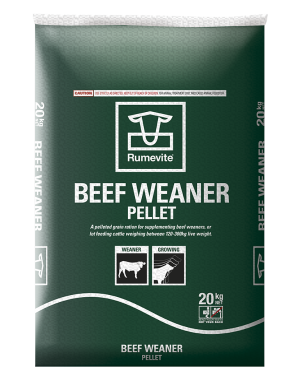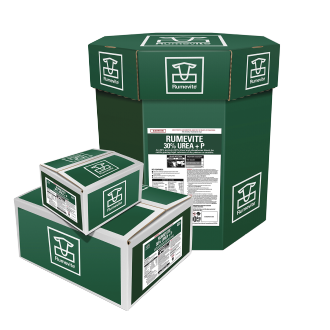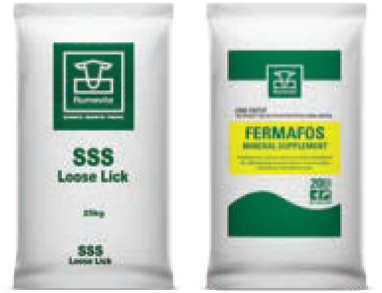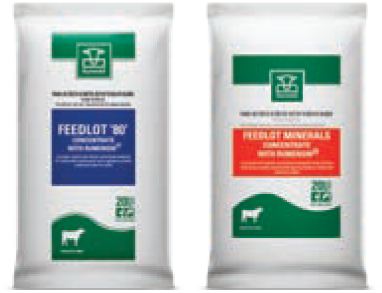Choosing the right type of supplement
Production supplementation refers to feeding that brings about a production response (e.g. increases in weight gain or milk production) in specific types of cattle, given the prevailing conditions.
Feeding for production does not necessarily mean fattening cattle. For example, you may be in a situation where weaner heifers are growing at 0.2kg/day on pasture alone. However you may wish to use a supplement to boost their weight gain to 0.6kg/day in order to meet a target joining weight. Under these circumstances you are supplementary feeding for production gain.
The most important aspect of production feeding is that the program should have specific targets and outcomes.
Under poor pasture conditions and when the animal has high metabolic demands (e.g. wet cow compared to dry cow) the targets may not be realistic. Appropriate advice should be sought to determine which (if any) supplement will help achieve the desired objectives and at what cost.
Blocks, loose licks and concentrates are common and effective means of supplementation. It is important to weigh up the price per tonne of supplement against freight, infrastructure, labour and management costs when choosing the right type of supplement.
- Management Practices
- Ensure a plentiful supply of pasture is available
- Ensure adequate quantities of good quality water is available
- Place supplements a minimum of 30 metres from watering points
- Once stock are consuming the supplements, move them out further from watering points. This will help to avoid over consumption and encourage stock to graze out, utilising available paddock feed.
When feeding supplements (blocks or licks):
Pellets
Pellets are a convenient method to supplement weaners. They can be handled easily and reduce the ability of animals to select certain ingredients within the mixture.
Blocks
Palatable, nutrient dense formulations in a hard block format designed to provide nutrients over a sustained period.
The higher nutrient density of blocks (compared to loose licks) means ease of freight, handling and labour. Blocks are convenient because they can be placed in different locations in the paddock to encourage more extensive grazing. The hardness of a block directly effects rate of intake. Hard dry season blocks offer an extra level of insurance against the risk of urea toxicity, particularly in situations where cattle have run out of supplement, or late in the dry season during the transition into the wet season.
Choosing the right type of block to match cattle requirements, country type and desired intake level can require specialist assistance. It is recommended that you discuss this with a Rumevite representative to ensure the block purchased matches the situation. Rumevite and LNT blocks are weather resistant and can be fed in the open.
Licks
Loosely mixed formulations fed in a trough that supplement available pasture feed.
Licks are loosely mixed formulations that are available free-choice to supplement pasture. They are usually fed from troughs to reduce wastage although recent trends have been to place whole or half tonne bulk bags directly onto the ground. Many mixes are vulnerable to wetting, so ideally troughs should be covered and contain drainage holes to prevent spoilage. Pour licks into well drained troughs and allow cattle free access. Control over intake is regulated largely through the ingredient composition.
Concentrate
A concentrate is designed to be mixed with grain or fresh feed to provide a balanced ration.
When more permanent feeding facilities with good paddock access are available, stock feeds (eg. weaner pellets) or balancing concentrates (to fortify grain or molasses mixed on farm) may be cost effective.
When using these products, ensure a plentiful supply of water and roughage is available for your cattle.
DO NOT feed concentrates directly to stock.




